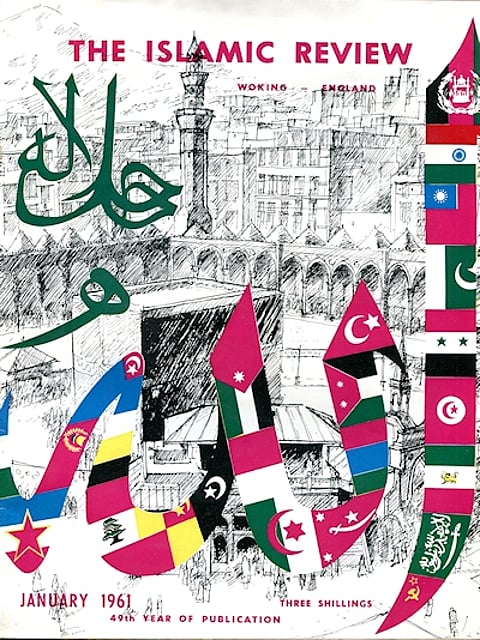The life and times of a British journal of Islam
The Westerner is disgusted with his own Church, and wants something reasonable and liveable to substitute for it. Muslim tenets appeal and go to the very heart of every sensible man here.
– The Islamic Review, January 1926
In the autumn of 1912, a Punjabi Muslim lawyer from Lahore arrived in London, having travelled from his hometown with the dual purpose of pleading a civil case in England and establishing a Muslim missionary presence there. Shortly after his arrival, Khwaja Kamal-ud-Din travelled to Woking, a town 40 km southwest of London, and also the site of the first mosque built in Britain, the Shah Jahan Mosque. Built by the British-Hungarian orientalist G W Leitner, with funding from Begum Shah Jahan of Bhopal, the mosque was in a state of disuse and disrepair by then. But Kamal-ud-Din identified it as an ideal centre for the propagation of Islam within Britain and Europe, and established the Woking Muslim Mission, which administered the mosque for the next half century. In less than five months of his arrival in England, Kamal-ud-Din, a Lahori Ahmadi — from a minority school within a minority sect of Islam — had also founded the Islamic Review, which would go on to become one of the most prominent journals of Islamic thought in the West in the 20th century.
Emerging from the colonial encounter, especially with Christian proselytisation in the Subcontinent, some theologically minded Muslims, like the members of the Woking Muslim Mission, saw it as their duty to reclaim Islam's position as a 'world religion'. The Review became their most notable mouthpiece. Though rarely made explicit in the journal's articles, the historical worldview it expressed was also linked to the Mission's association with the Lahori branch of the Ahmadiyya movement.

